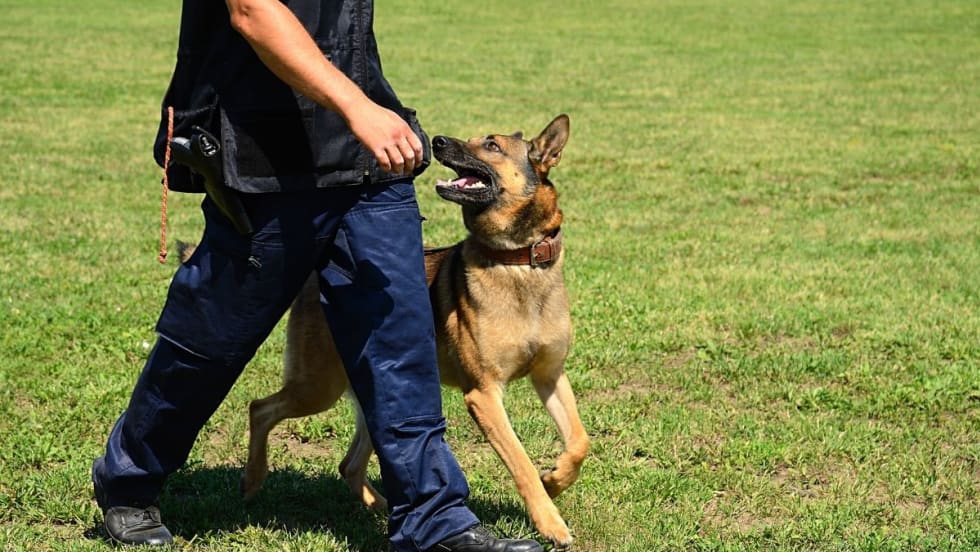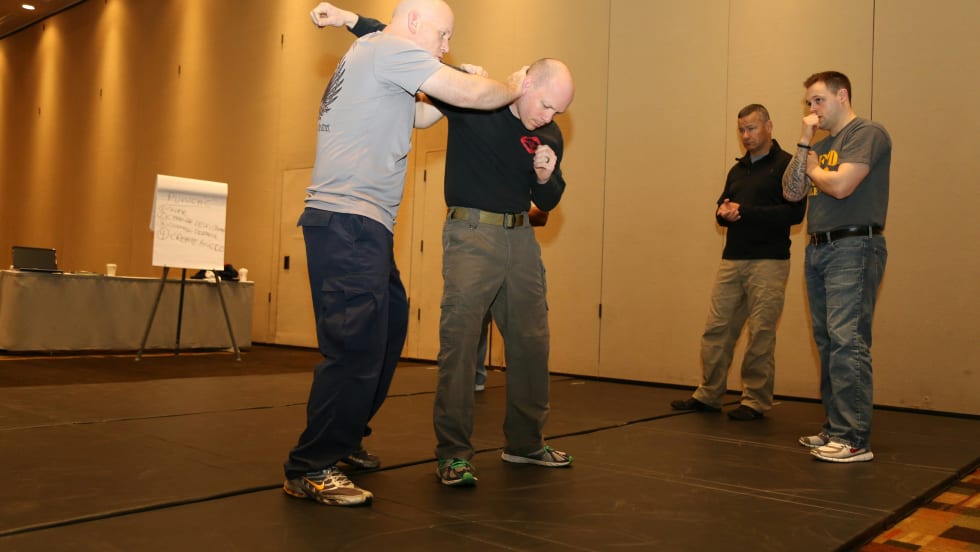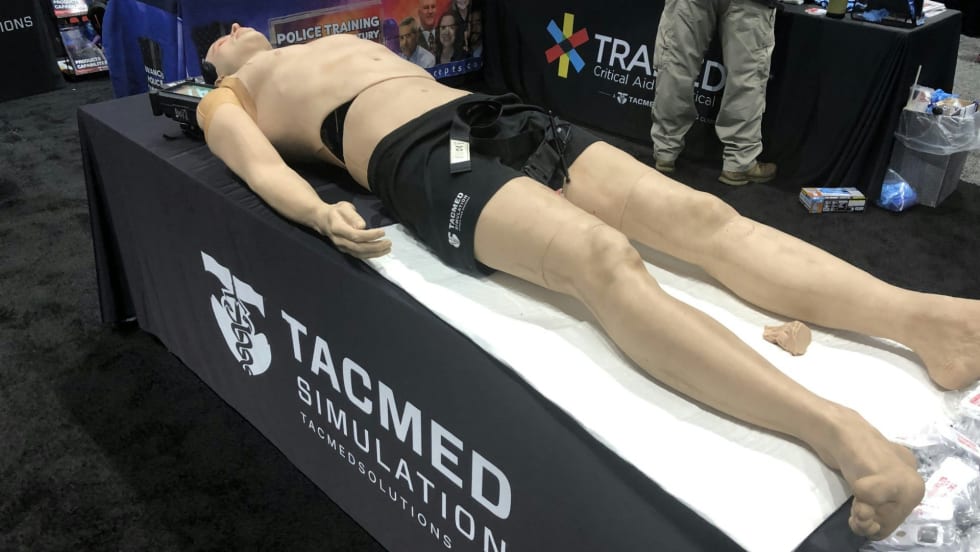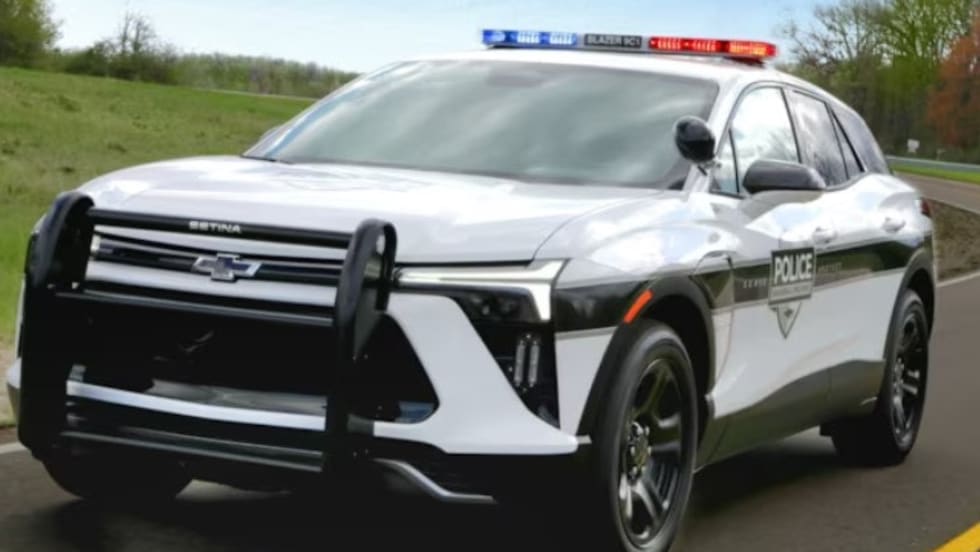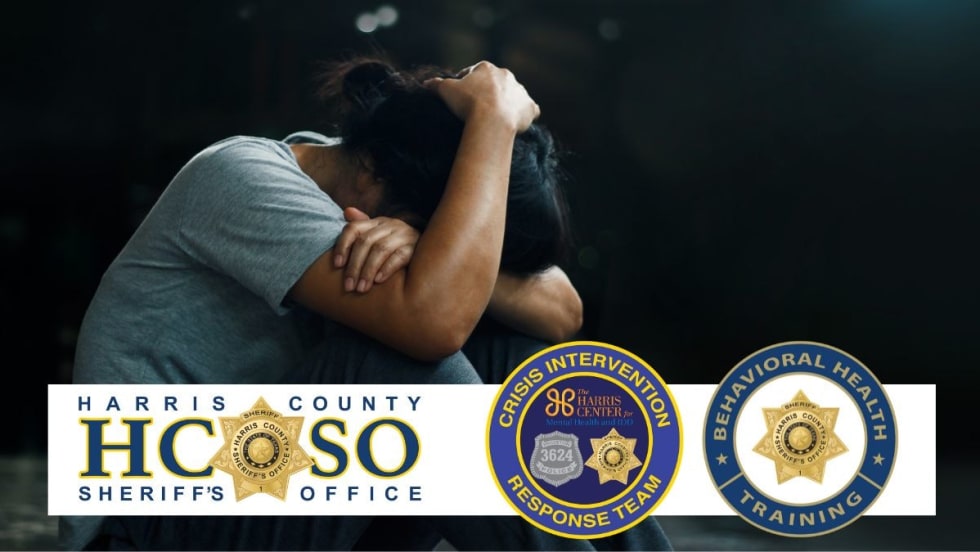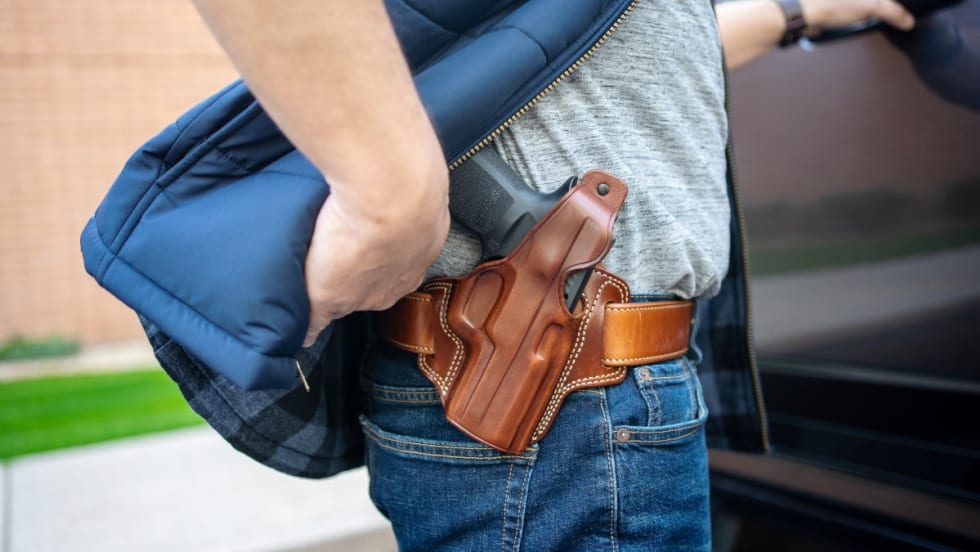Unlike today’s established teams, early SWAT teams had to develop their own basic training camps. I was privileged to help form the current Cleveland Police SWAT Unit. It wasn't easy becaused the department spent a decade struggling through four failed units/concepts that were later deleted from the organizational structure.
On our new team, as with most new teams, the initial challenges were daunting. We were replacing a decade of previous units and team concepts with something new and untested.
We had to build our entire team from scratch from a combination of veterans and rookies and then turn them into a team. The legion of doubters and detractors fully expected and perhaps hoped that we would fail, and we knew we were only one failure away from being disbanded.


